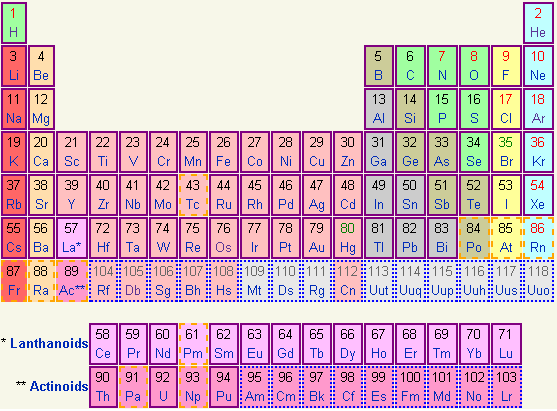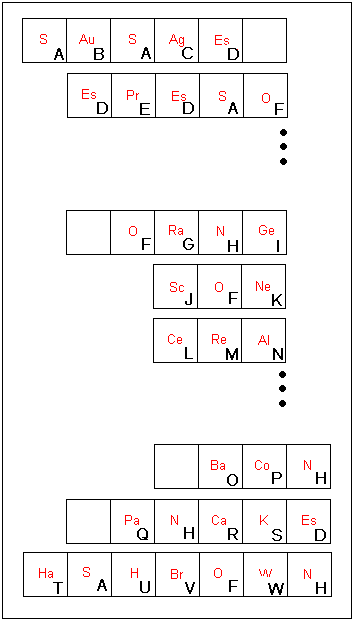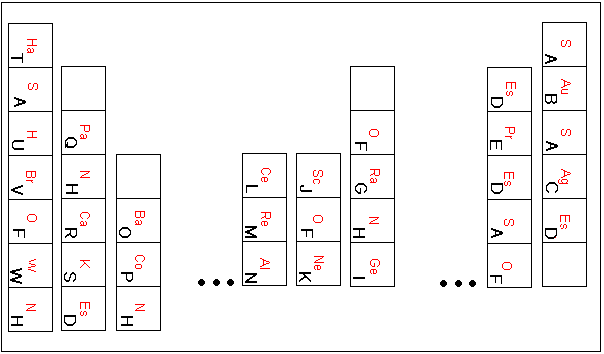Click ‘more’ for the answers
Category: Puzzle
Challenge #2
Have you tried GeoGuessr? It’s kinda like a pictorial geographic version of Carmen Sandiego with difficulty levels of FUN to IMPOSSIBLE. Yesterday I found myself on a backroad in Northern Brazil. I walked for about 4 miles along a dirt road before I found a sign that hinted at a local town. For me, successful sleuthing of this kind is deeply rewarding.
I’ve always thought it would be awesome if you could playback a memory at random. You could passively watch the events and try and guess the time and place of the memory. GeoGuessr is an enjoyable substitute for my idea with the obvious shortfall of not including timeline positioning. With a timeline component you’d have to find tiny clues from common items surrounding you to guide you.
With this in mind, I’ve been working on a reverse timeline positioning challenge. I provide the dates, you try and guess the object in question.
Clue format will start with the year of invention or successful proof of concept and follow it with the decade when the item became prevalent in a common American household (or if its not a household item, common enough prevalence such that usage is no longer novelty)
For example:
1876:1950-60
Answer – the telephone.
There will be controversy with each of these items. In the case of the telephone there was a long development period. 1876 marks the first public demonstration of a bi-directional transmission, so that’s the date I chose. Further, the decade of commonality was tough to gauge for this one as well as most of the following challenges… In the 60’s according to the US census 80% of homes had a telephone… but data before then is hard to find.
Give these a shot! I’ll post the answers tomorrow. Good luck!
Question 1 Easy
1903:1944-54
Question 2 Medium
1945:1976-86
Question 3 Medium
1928:1955-1965
Question 4 Hard
1902:1947-1957
Question 5 Easy
1992:2007
Question 6 Extremely Hard
1756:1907-1917
Camouflage Collage!
Puzzle Solution!!
Thanks to everyone who tried the first MikeDiDonato.com puzzle! We had a lot of participation.
A few folks have been aching for the answer, so this post will describe the process necessary to find the solution.
Step 1:
Solve the word riddles. Each riddle had a number solution as follows:
16 candles
79 pumpkin disc 19 (smashing pumpkins album 1979)
47 fifteenth prime
99 bottles of beer
59 feelin’ groovy street (song)
8 infinity gets up (the symbol for infinity, righted)
88 Reagan’s last leap year
7 neutral ph
32 the king’s freezing point
21 blackjack
10 hexadecimal A (the number system, like binary)
58 all the states had dinner (fifty ate – ha!)
75 Fischer Forfeits (year, 1975)
13 Lovell’s unlucky number (Apollo 13)
56 heinz minus one
27 Messier’s Dumbell (Messier’s number for the dumbell nebula)
91 piano and a trio (88 keys plus three)
20 dartboard segments
19 Rutherford B. Hayes (was the nineteenth president)
105 SEVEN!! (seven double factorial)
1 Bono’s need in the night (from the song one)
35 Basic film gauge
74 Ken Jenning’s Streak.
SO! now that you have all these numbers it’s time for step 2.
Step 2:
The method for this step is hinted at in the instructions which state:
At the Breakfast Table
To help bring order to your eating, you periodically check the nutrition facts of the food on the table. Sometimes it’s exciting trying to decipher the information. Anyway, what’s for lunch?
The important words are periodically, table, order, and exciting. Basically each of the numbers you came up with in Step 1 can be associated with the atomic number of an element on the periodic table.

For example, 16 is ‘S’, 79 is ‘Au’, and so on. By substituting these elements into the boxes on the right of the puzzle, you get various breakfast foods.
Step 3:
This last step seemed to stump the most people. The trick was figuring out why there were empty boxes and dots within the layout of the breakfast foods. The box layout was hardly random, it was actually a representation of the periodic table itself. Check it out:
Now you can use the Total Calorie numbers at the top of the nutrition facts table! If you find the box that corresponds to the atomic numbers given in the total calories, and take the element abbreviations from those boxes you get a new list of letters:
Au N Pa S Ra Ag S*
and
S Es Re Co Al
These letters can be anagrammed into the following phrase:
An Asparagus
Casserole
And that’s what’s for lunch!!! wow!
Congratulations to Shamus and Andrew for figuring it out! They claimed to have spent nearly 20 hours working on the puzzle last week. And they will be receiving some brownies and t-shirts as their prize.
*It should be noted, this last S was actually missing from the total calories list. Despite this error, Shamus and Andrew still figured out the solution. As my own punishment for screwing up an important part of the puzzle, I promise to post a new puzzle soon with another tempting prize. Thanks for playing!


